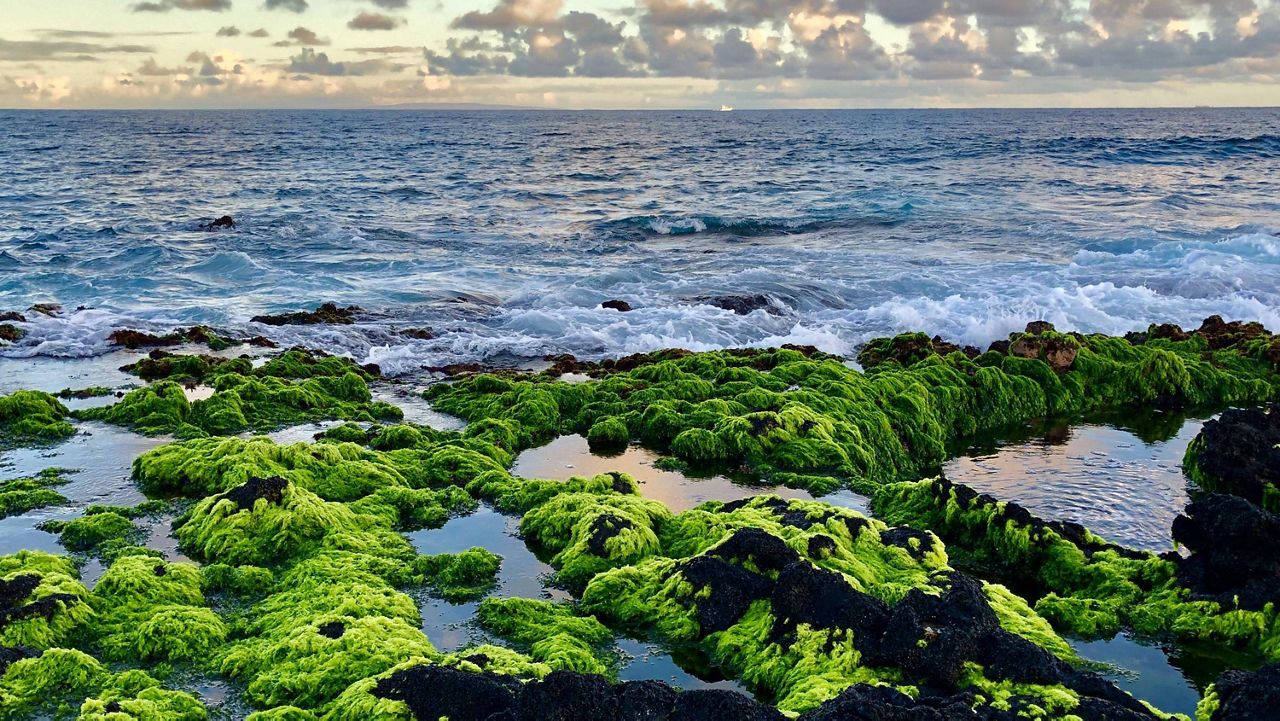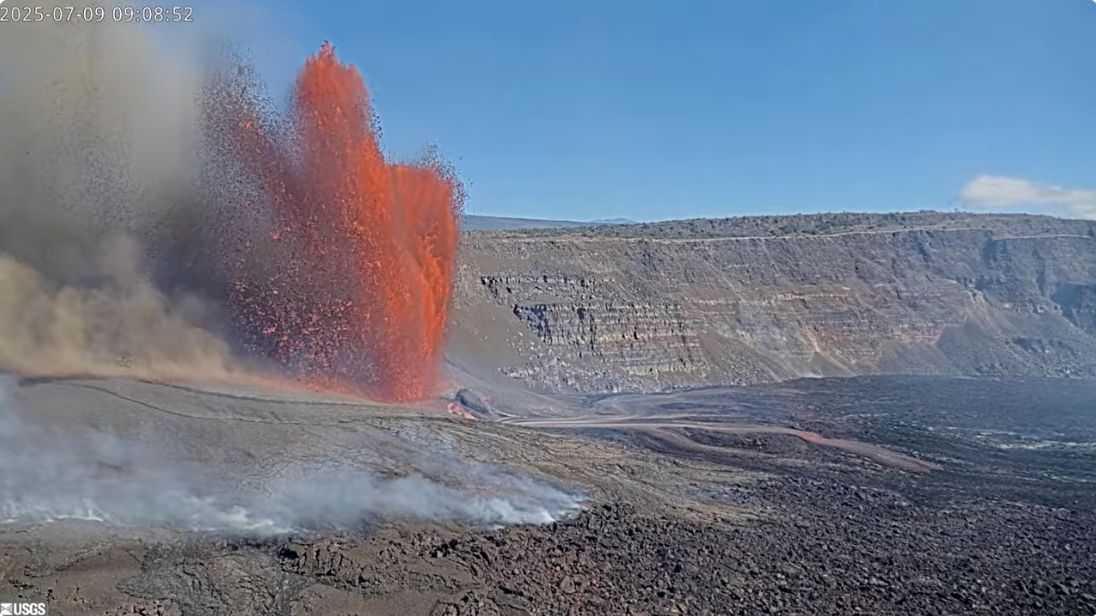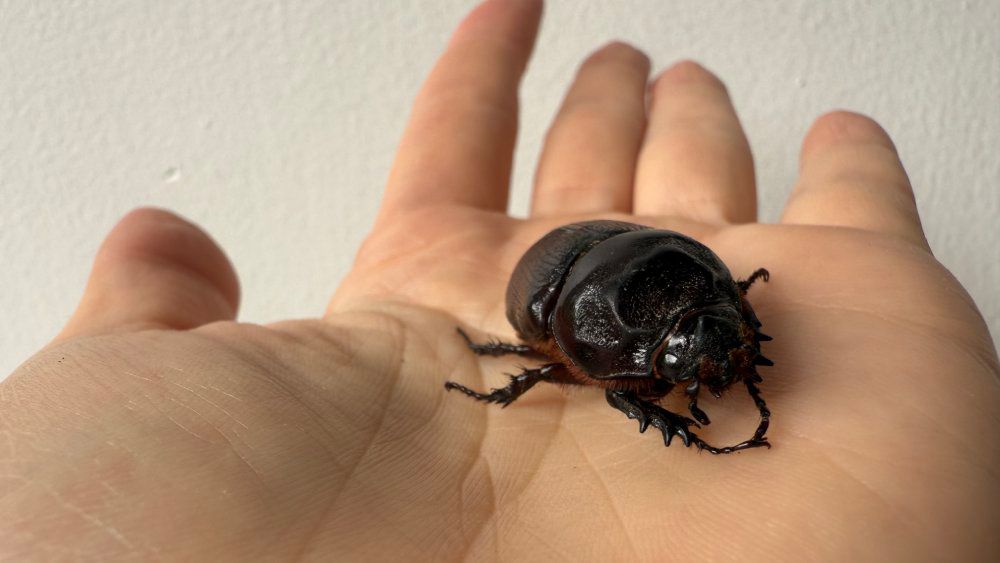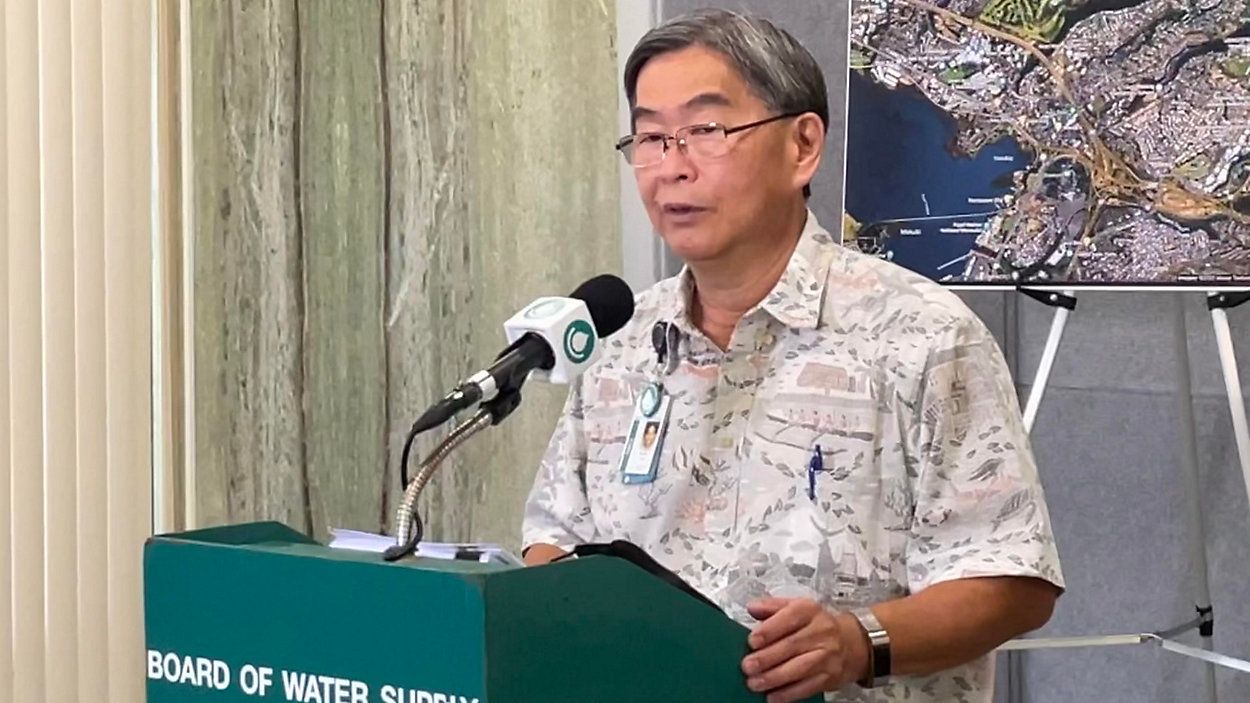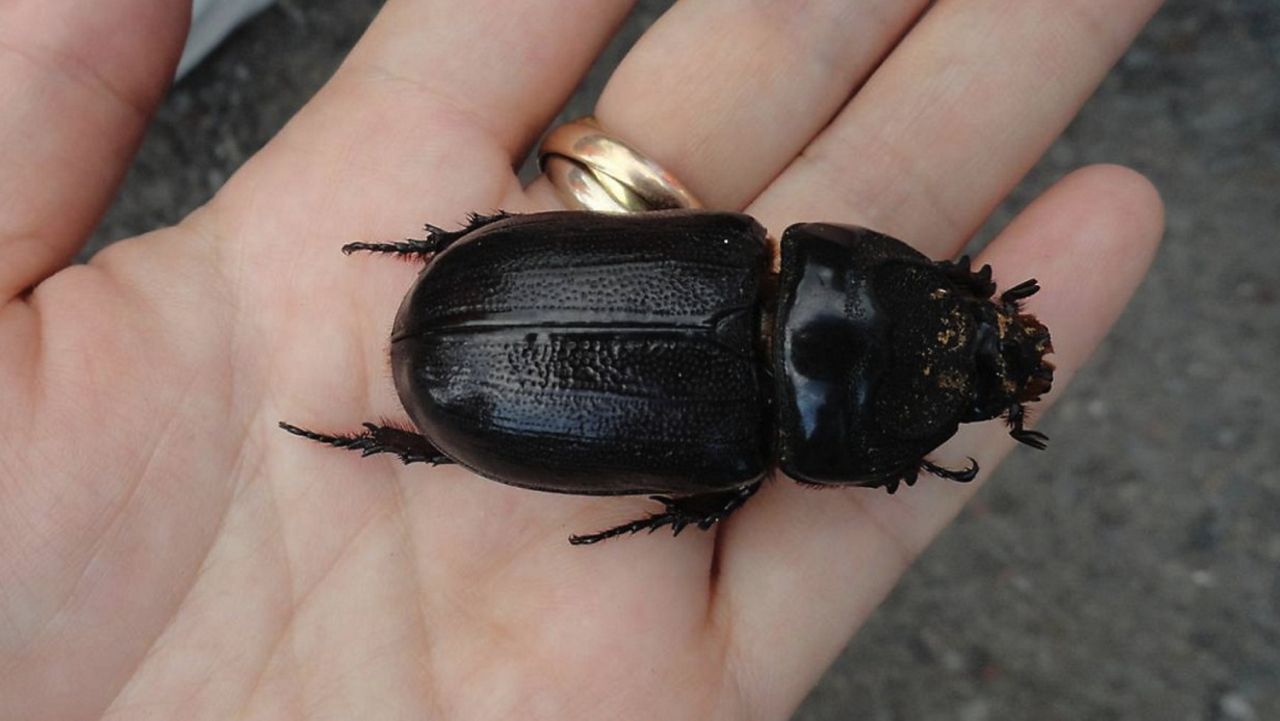HONOLULU — Research led by professors at the University of Hawaii shows native algae thrives when groundwater discharge is not polluted with human-made contaminants, especially nitrogen.
A new study by the University of Hawaii at Manoa professors shows native algae species, known as limu in Hawaiian, that grow around the coasts of the Hawaiian Islands flourish when pristine groundwater seeps into their habitats, lowering salinity and bringing in nutrients.
However, when the groundwater fills with too many nutrients, which come from human waste, fertilizers, pesticides or pharmaceuticals, the researchers found an abundance of invasive seaweed species.
Celia Smith, who studies algae, and Henrietta Dulai, a hydrogeologist, teamed up for this research project. The pair brought together data sets from past algae and water chemistry studies to understand how algae is reacting to nutrients and salinity. They also looked at where the native and invasive algae grows.
The new study was published on Dec. 17, 2021, in "Limnology and Oceanography Letters", a peer-reviewed journal.
Dulai explained in an interview on Feb. 1 with Spectrum News Hawaii that in Hawaii and other Pacific Islands the water that discharges into the ocean often comes from groundwater, as opposed to the mainland where it mostly flows from streams and rivers. In Hawaii, rainwater fills the aquifers and flows through the porous ground into the ocean.
In Hawaii, over 500 native limu species exist, evolving in small habitats along the coasts and surviving off the specific nutrients that flowed through the groundwater into the ocean.
“The algae … are important because of the cultural interests that we have here in Hawaii, because they are highly prized foods and offer us a means of developing sustainable practices for the future,” said Smith to Spectrum News Hawaii.
Algae communities in Hawaii have been altered as groundwater discharge increasingly contains human byproducts and from introducing non-native algae. Invasive algae species have been able to survive — and even thrive — in areas where the groundwater that seeps into the ocean is contaminated with excess nitrogen.
For example, research done at Kuʻau Bay on Maui near former sugarcane fields showed 100 times more fertilizer in the water than before human activity; this has caused blooms of invasive species that are three-feet high and extend along the length of the beach.
“The high nutrient environment creates a setting where it appears that the invasive species thrive, and what we really need to do is ratchet those nutrients back to healthy levels, so our natives are the thing that thrive,” said Smith.
It’s important to keep the groundwater that flows into the ocean clean, which requires limiting wastewater, according to Dulai. It’s also crucial to reduce pollutants from agriculture and urban areas. Lastly, it necessitates not pumping too much water from the aquifers for human use, otherwise the aquifers fill with seawater, which increases salinity in the groundwater discharge.
Much of Hawaii’s wastewater infrastructure is aging and many of the pipes that carry sewage to wastewater treatment systems are corroding and being impacted by sea-level rise, Dulai said. There are also more than 80,000 cesspools across the Hawaiian Islands, which leak raw sewage directly into the ground that flows into the ocean.
“Now we have concentrations that are orders of magnitude higher than what the natural levels would be,” Dulai said.
Currently, the state-funded Cesspool Working Group is focused on determining which cesspools should be removed and replaced. Cesspools along the coastline are being targeted, but the researchers hope their study will help narrow down what are the most harmful cesspools.
Groundwater below urban development and conventional agriculture is a major problem for coastlines because it is contaminated with fertilizer, pesticides and pharmaceuticals. Solving this issue requires reducing the use of these products and utilizing organic farming.
Another way to keep Hawaii’s groundwater pristine is to not over-pump water, since this allows for seawater to intrude. Dulai said this was especially bad when Hawaii had a larger industrial agricultural industry, but Hawaii’s large population continues to use a great deal of water resources.
The Commission on Water Resource Management sets limits on the amount of water that is pumped from each of the island’s aquifers, and Dulai said she hoped that the recent research would be used to better understand how to protect water resources.





